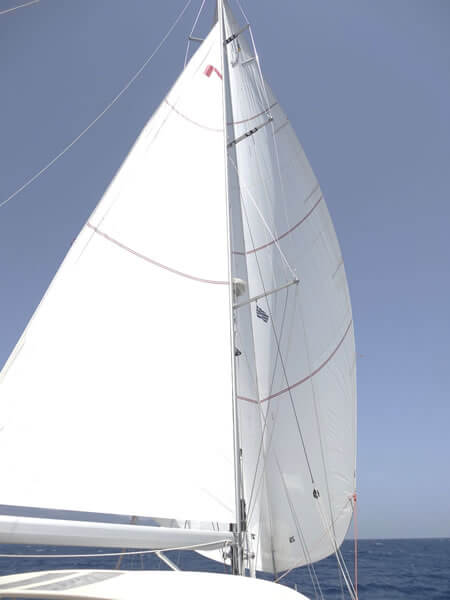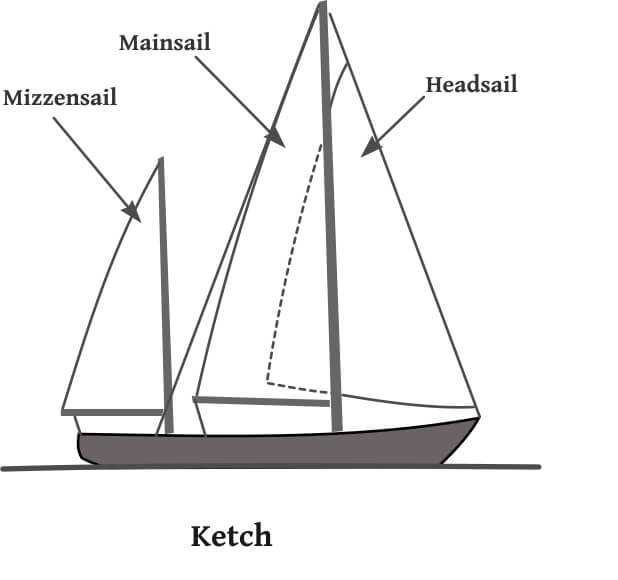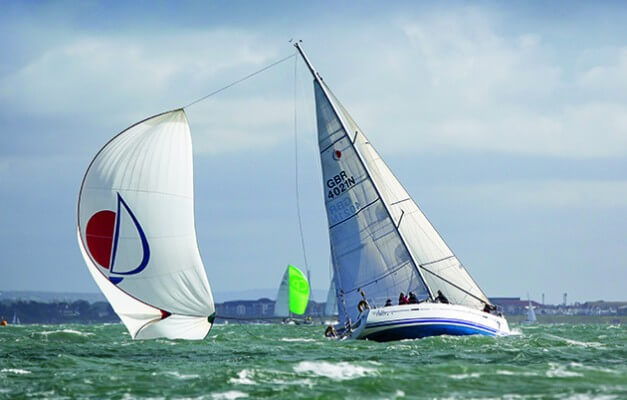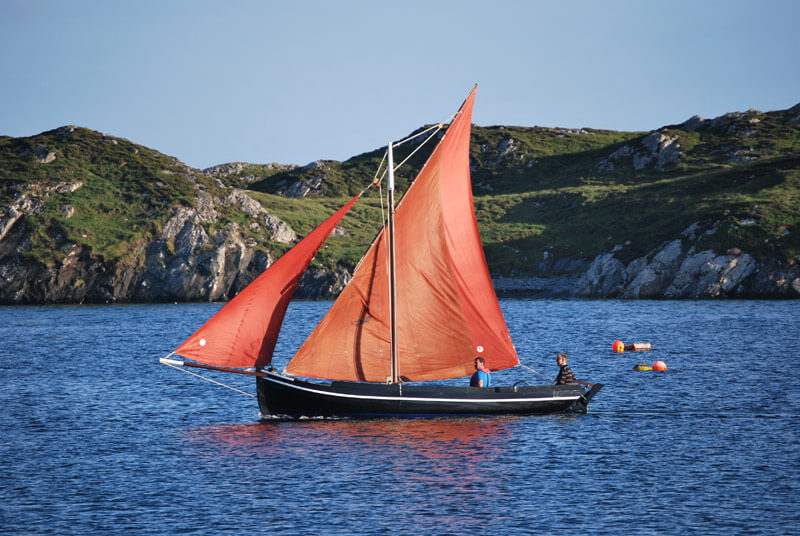Sails
TEven people who know nothing about boats know what a sail is. Used to direct and power sailing vessels, sails are made from a range of materials from carbon fibre and nylon to traditional canvas. There are generally three main kinds of sails on a sailboat, and we’ll look at them more closely here:
The Mainsail

As you might imagine from the name, mainsails are the main sails used to propel sailboats. Connected via the mast to the boat vertically and via the boom horizontally, the mainsail isn’t just instrumental in supply the boat’s primary source of power and speed, but also for steering the boat in the right direction. Unlike the majority of other sail types, the roughly triangular mainsails are kept in almost the same configuration right through the sailing trip. It is only in very high winds that the mainsail could be folded (or reefed) to decrease the surface area or lowered down and replaced with the smaller trysail. A modern traditional sailboat should technically known by the term “Bermuda sloop” as this refers to any boat which has a single main sail and a single mast. These sails have to be optimised and trimmed properly to use them to their best potential.
The Headsail

Headsails are essential when trying to sail against the wind direction or upwind. Connected to the boat’s mast, one corner of the headsail is tacked to the vessels’ forefront. There are 2 basic kinds of headsail which can be used in a sailing vessel. Jibs are small headsails which are used primarily in ahigh wind. Genoas, on the other hand, are bigger and are primarily used in low wind levels. Genoas are so big that they actually slightly overlap the mainsail. However, a jib will not overlap the mast.Genoas provide more speed and turning power thanks to their curving shape that allows for more aerodynamics. Genoas have to be trimmed constantly to obtain maximum results.
The Spinnaker

TSpinnakers are the biggest sails on any boat. A spinnaker can come in many sizes and shapes. Primarily used to sail downwind (or directly away from the wind’s direction) the spinnaker is designed to create a shape like a balloon which extends outwards towards the boat’s front making it extremely effective if used when sailing downwind. A spinnaker enables the boat to move very rapidly, with users sometimes using the terms “flying” or “running” to describe the way that it is used. A spinnaker that is symmetrically shaped will work to its best potential if the wind comes behind the boat directly. On the other hand, an asymmetrical spinnaker is best used if the wind comes from an angular direction.
Galway Hooker Sails

Being aware of the various sail types is pretty important if you’re going to be heading off to sea in a sailboat. It’s also vital to known how to correctly optimize all sail types otherwise it is impossible to obtain maximum power or steer the boat correctly. People who sail Galway Hookers have a very good working knowledge of sails, as each of the four classifications of vessel have three sails – a mainsail, a foresail and a jib. Traditionally, the sails of a Galway Hooker were made from calico, an unbleached textile which would then be cut and proofed locally before being covered with a mix of butter and tar or a solution made out of tree bark which weatherproofed and protected them. It is this special solution which gives the sails their distinctive colouring of reddish brown and every year, the treatment would be repeated to stiffen and protect them, making the colour even darker.
